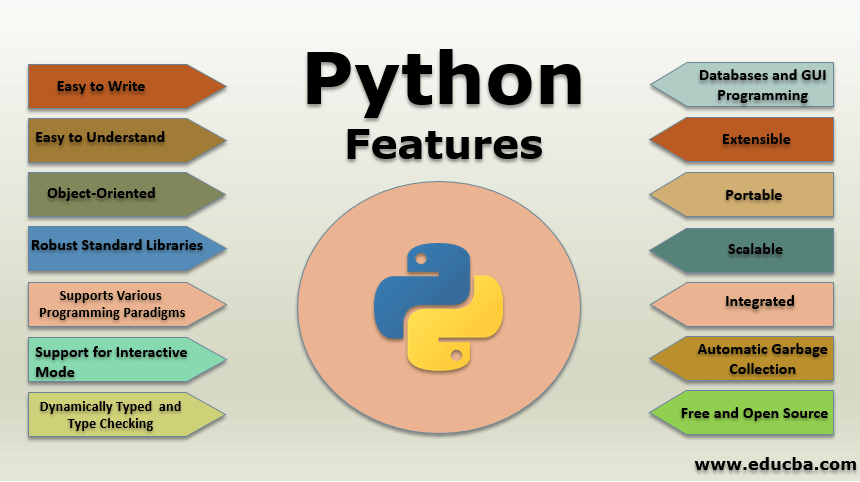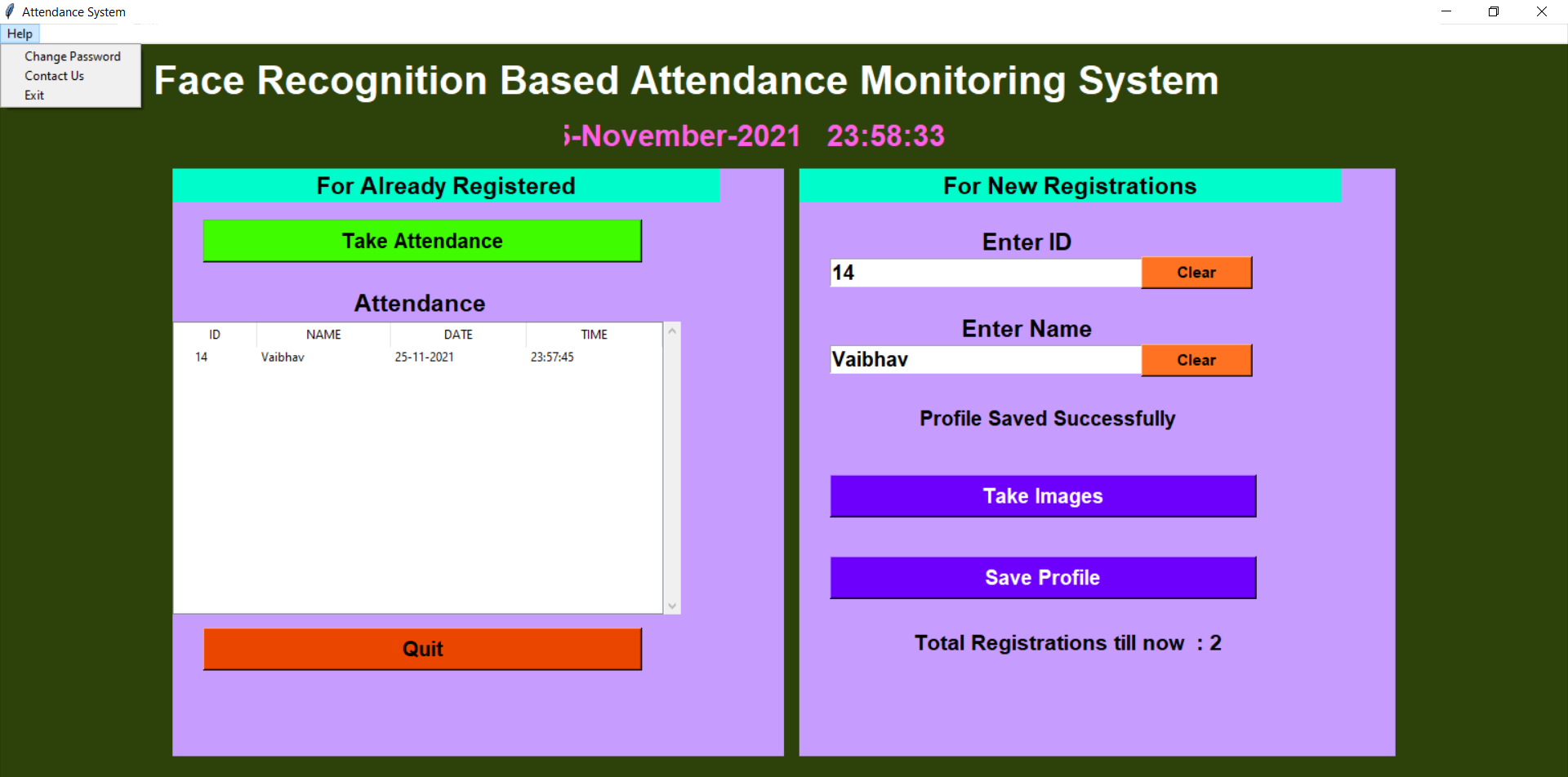Python Attendance Presentation
| Introduction to Python Attendance | ||
|---|---|---|
| Python attendance is a system that allows users to track and manage attendance using Python programming language. It provides a more efficient and automated way to record attendance compared to traditional methods. Python attendance can be implemented in various settings such as schools, universities, or workplaces. | ||
| 1 | ||
| Benefits of Python Attendance | ||
|---|---|---|
| Python attendance eliminates the need for manual attendance sheets, reducing human error and saving time. It provides real-time data and analytics, allowing administrators to make informed decisions based on attendance patterns. Python attendance can generate automated reports, making it easier to monitor attendance and identify any irregularities. | ||
| 2 | ||
| Features of Python Attendance | ||
|---|---|---|
| Python attendance allows users to create and manage individual profiles for students or employees. It provides a user-friendly interface for recording attendance, either manually or through automated systems like biometrics. Python attendance can generate detailed attendance reports, including absences, tardiness, and overall attendance percentage. | ||
| 3 | ||
| Implementation of Python Attendance | ||
|---|---|---|
| Python attendance can be implemented using various frameworks and libraries such as Flask, Django, or Tkinter. It requires setting up a database to store attendance records and user profiles. Integration with other systems such as biometric devices or ID card readers can enhance the accuracy and efficiency of Python attendance. | ||
| 4 | ||
| Security and Privacy in Python Attendance | ||
|---|---|---|
| Python attendance systems should prioritize data security and privacy. User authentication and access control mechanisms should be implemented to ensure only authorized personnel can access attendance data. Compliance with relevant data protection regulations, such as GDPR, should be considered when implementing Python attendance. | ||
| 5 | ||
| Challenges and Limitations of Python Attendance | ||
|---|---|---|
| Python attendance may face challenges in cases where internet connectivity is limited or unreliable. Integration with existing attendance systems or legacy infrastructure may require additional effort or customization. User adoption and training may be necessary to ensure smooth implementation and usage of Python attendance. | ||
| 6 | ||
| Future Developments in Python Attendance | ||
|---|---|---|
| The future of Python attendance may involve advancements in machine learning and artificial intelligence for more accurate attendance prediction. Integration with mobile devices, wearables, or IoT devices can enhance convenience and accessibility. Cloud-based solutions and data analytics capabilities may further improve the functionality and efficiency of Python attendance. | ||
| 7 | ||
| Case Study: XYZ University | ||
|---|---|---|
| XYZ University successfully implemented Python attendance, resulting in a 20% reduction in administrative workload. The university saw improved accuracy in attendance records and better visibility into student attendance patterns. Python attendance also facilitated easier identification of students at risk of academic failure based on attendance data. |  | |
| 8 | ||
| Conclusion | ||
|---|---|---|
| Python attendance offers a modern and efficient solution for attendance tracking and management. It provides benefits such as time savings, real-time data, and automated reporting. With further advancements, Python attendance has the potential to revolutionize attendance management in various settings. | ||
| 9 | ||
| Q&A | ||
|---|---|---|
| Thank you for your attention! Any questions? Your second bullet Your third bullet |  | |
| 10 | ||






